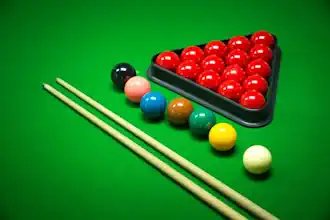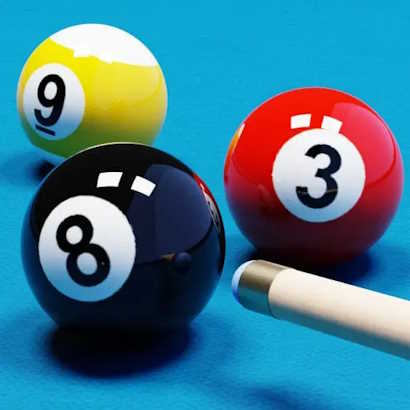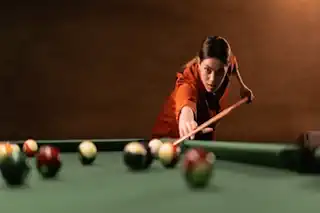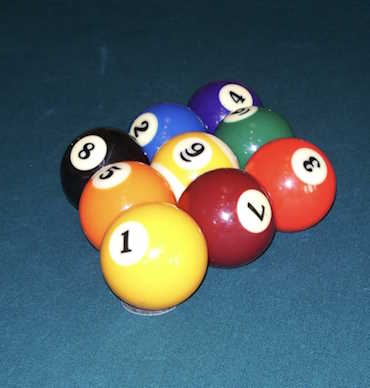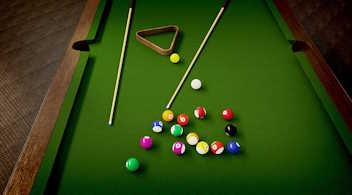Mastering the Art of Three Cushion Pool: A Step-by-Step Guide
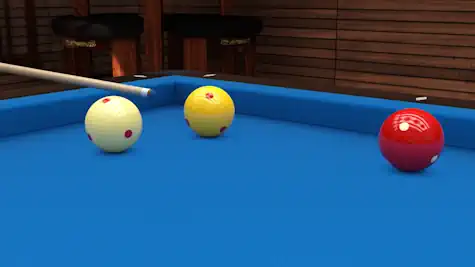
For lovers of cue sports, three-cushion pool is the ultimate test of skill and precision. Unlike traditional pool, where the objective is to pocket balls, this alternative style focuses on making contact with your opponent’s ball and the rails at least three times before sinking any balls, making every shot a masterpiece in geometry and control. If you’re ready to elevate your billiards game, the following guide will walk you through the essentials of 3 cushion pool, from setting up the table to perfecting your shots and strategies.
Getting Acquainted with Three Cushion Pool
Three-cushion billiards traces its origins back to the late 19th century and requires players to hit both object balls and a third rail before a point is scored. It’s a game that demands an understanding of angles and ball movement, making it not just a physical challenge but also a mental exercise in strategy and foresight.
The Unique Challenge of Three Cushion
The distinct feature of three-cushion is the requirement to strike at least three cushions, adding layers of complexity. This forces players to constantly reassess position and force throughout a match, producing a beautiful dance of balls across the felt.
Why Play Three Cushion?
Players gravitate towards three-cushion for the mental workout it provides. Each shot requires precise calculation, creating an experience that is deeply satisfying for those who relish cerebral sportsmanship.
Setting Up Your Three Cushion Pool Table
Step by step, how to set up a three-cushion pool table to official standards.
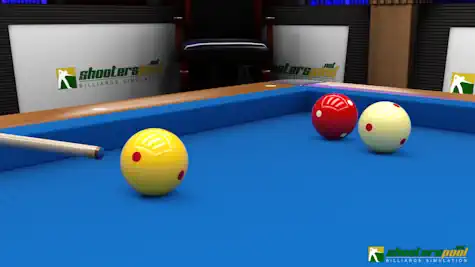
Measurements and Placement
Official three-cushion tables are larger than standard American pool tables, measuring five by ten foot. The baulk line, 20.5 inches from the long rail, marks where a shot must be taken; the intermediate line, halfway between the baulk and head string, shows a rough area where shooters cue ball and the two object balls should be at the start of each play.
Where the halfway line touches the baulk line is often referred to as the foot spot. The head spot is on the other end of the halfway line at an agreed-upon starting point.
Professional Table or at Home Kit
For the enthusiast with space at home, a professional-grade ten foot table is ideal but can be quite an investment. Home kits may include smaller, more manageable tables and are a great starting point for beginners.
Mastering Three Cushion Billiards Rules
Understanding the game’s mechanics is crucial to enjoying three-cushion pool. Here’s a breakdown of the rules.
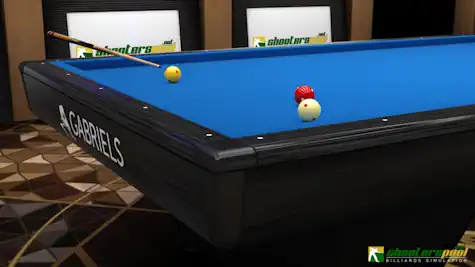
Scoring
Players score one point by striking both object balls and at least three cushion rails in a single shot. Each successful hit earns a point, with the match ending when a player reaches an agreed-upon total.
Foul Play
Fouls occur when a player fails to make a legal hit, such as missing the object ball entirely, hitting the same cushion twice in a row, or hitting the opponent’s cue ball first. Foul play results in points for your opponent.
Developing Essential Three Cushion Techniques
Achieving mastery in three-cushion billiards starts with mastering essential techniques.
The Carom Shot
The most important shot in a three-cushion game is the carom, where the cue ball hits both the red ball and the yellow ball in a single stroke. This not only scores points but sets you up for the next aggressive play.
English and Spin with the Cue Ball
Applying English or spin to the cue ball allows for more control over the direction and trajectory, essential for navigating tightly packed object, cue balls, and corners. The cue ball must be struck from above, below, or on a side to create spin. The cue ball strikes one of the other balls and may transfer some of the spin to the second ball or the first ball it strikes.
Precision Shooting of the Object Ball
Accuracy is key. Learn to line up shots without altering your stance or stroke, and always focus on the point of contact between balls to control movement.
Advanced Strategies for Three Cushion Dominance
Expert players use advanced strategies to keep their opponents on their toes.
Banking and Kicking
Bank shots, where the cue ball hits a rail before the yellow or red ball, and kicking, using the rail to contact the opponent’s ball, are vital tactics for controlling the game.
Defensive Play
Sometimes the best offense is a strong defense. Use calculation and care to position balls out of your opponent’s easy reach, forcing them into more difficult plays.
Consistency and Mental Game
Consistency is key, and maintaining your composure in the game’s later stages is critical. Establish a routine and play at a measured pace to avoid simple mistakes.
Guided Practice Drills for Three Cushion Perfection
Sharpen your skills with structured practice drills that address key aspects of the game.
Carom Drill
Set your obstacle balls in various positions and practice direct and indirect caroms. Focus on hitting the strike point consistently to maximize control. Work with the red ball on the head spot and then the ball on the foot spot.
Rail Drill
Place the yellow and red ball near the rails and practice shots that demonstrate a full understanding of how to use them to your advantage. Variety will prepare you for any scenario.
Progressive Run Drill
Begin with easy setups and work up to more complex shots as you string together runs. This drill will enhance your ability to predict ball movement and prepare for your next play.
Conclusion: The Path to Pool Perfection
Continuous practice and a dedication to learning and evolving are what separate competitive three-cushion players from the rest. Each session offers an opportunity to refine your technique, develop new strategies, and enjoy the unique challenge that this beautiful billiards game provides. In the words of 3 cushion legend Raymond Ceulemans, “Success in billiards is like success in life – you have to be patient and take your time.” With consistency and a methodical approach, you’ll soon find yourself executing shots you never thought possible. Keep playing, keep strategizing, and most importantly, keep enjoying the remarkable game of 3 cushion billiard and pool.
Frequently Asked Questions (FAQs)
What is the standard size of a 3 cushion billiards table?
The standard size of a professional three-cushion billiards table is 5 by 10 feet. This is larger than the standard American pool tables, allowing for the game’s unique challenges and play style.
Can you score more than one point per shot in 3 cushion billiards?
No, in three-cushion billiards, each successful shot, regardless of how many rails are hit after the first three, scores only one point. The skill lies in positioning for the next shot and not in accumulating multiple points per shot.
What does “English” or “spin” mean in billiards?
“English” or “spin” refers to the technique of striking the cue ball off-center to influence its path and rotation after it hits an object ball or rail. This technique is crucial for controlling the cue ball, especially in strategic plays and setups in three-cushion billiards.
What is considered a foul in 3 cushion billiards?
A foul in three-cushion billiards can occur in several ways, including failing to hit both object balls, not touching three different cushions before the second object ball, hitting the same cushion twice without contacting other cushions or balls in between, or directly hitting the opponent’s ball first. Fouls result in a penalty point for the opponent.
How can beginners practice effectively for three-cushion billiards?
Beginners can start with fundamental drills focusing on accuracy, such as the carom and rail drills mentioned in the document. Consistently practicing these drills helps in understanding the basic principles of ball movement and control, which are essential for progressing to more advanced techniques and strategies in three-cushion billiards.
Is there a defensive strategy in three-cushion billiards?
Yes, defensive position play is a significant part of strategic planning in three-cushion billiards. It involves careful shot selection and ball positioning to make the opponent’s subsequent shots more challenging, thereby reducing their chances of scoring.
